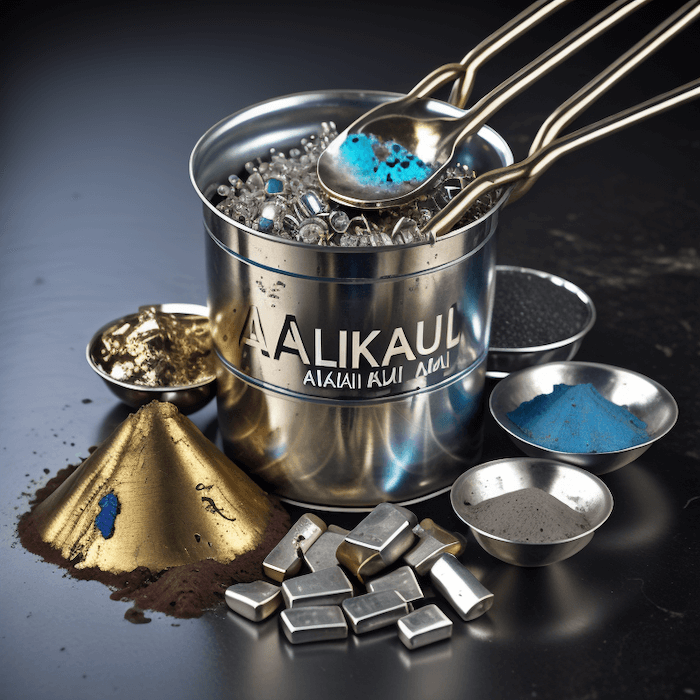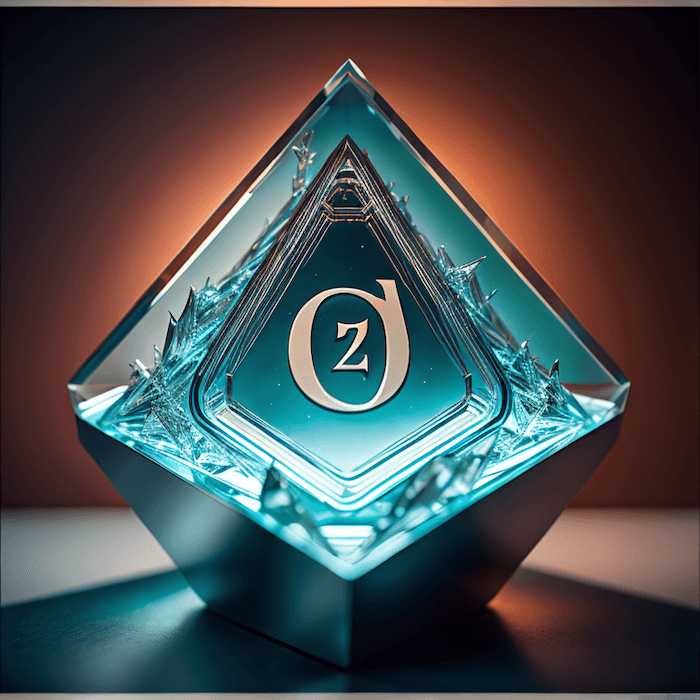If you’re looking at which element has similar properties to lithium, you’ll want to consider sodium.
Sodium is a soft, silvery-white metal that is very reactive and has a similar chemical makeup to lithium.
It shares many of the same characteristics as lithium, such as being highly flammable and having a low melting point.

In fact, sodium is so reactive that it can even be used to extinguish fires!
When it comes to elements that have similar properties to Lithium, Sodium is the first and closest.
Sodium and Lithium are both members of the alkali metal family, the group 1 element on the periodic table.
They both have one electron in their outermost energy level which makes them highly reactive; they both tend to give up that single electron when forming a compound.
Which element has similar properties to lithium
Sodium, an element in the same group as lithium, has a number of properties that make it especially similar.
- Sodium has an atomic number of 11 and an atomic mass of 22.9898; compared to lithium’s atomic number of 3 and atomic mass of 6.941, sodium has more protons and neutrons.
- As a result, sodium is larger than lithium and exists as a solid at room temperature.
- Both have high reactivity when exposed to water or air — sodium doesn’t need much energy for a reaction, making it likely to bond with other elements quickly.
Sodium also forms compounds containing sodium ions (Na+), which makes its chemical behavior similar to lithium ions (Li+).
6 elements that have similar chemical properties to lithium include:

- Sodium (Na) – Both lithium and sodium are alkali metals in group 1 of the periodic table. They are soft, silvery-white metals that are highly reactive. They readily lose their outermost electron to form cations with a +1 charge.
- Potassium (K) – Potassium is also an alkali metal in group 1. Like lithium, it is highly reactive and forms +1 ions. Lithium, sodium, and potassium all react vigorously with water to form hydroxide ions and hydrogen gas.
- Rubidium (Rb) – Rubidium is the alkali metal below lithium on the periodic table. They have comparable reactivities and readily form +1 ions. Their respective salts impart red or lilac colors to a flame.
- Beryllium (Be) – Beryllium shares some diagonal similarities with lithium as it sits in group 2. Both have two electrons in their outer shell and form +2 cations. Beryllium lithium oxides and hydroxides have high melting points.
- Magnesium (Mg) – Magnesium is also an alkaline earth metal like beryllium. Lithium and magnesium have similar electronegativities and reactivities, although magnesium forms 2+ ions when reacting.
- Calcium (Ca) – Calcium, like magnesium, forms a 2+ cation. Lithium and calcium have low first and second ionization energies relative to other elements.
So in summary, the most similar elements to lithium in reactivity and properties are the alkali metals sodium, potassium, and rubidium. Beryllium and magnesium also exhibit some parallels.
Why Sodium is an element with similar properties to Lithium
Sodium is considered to be similar to Lithium in many ways, from its chemical properties to its physical appearance.
Explain it to a child
When it comes to elements that have similar properties to Lithium, Sodium is the first one. Sodium and Lithium are both members of the alkali metal family, which is group 1 on the periodic table.
Both elements have very low densities – Sodium has a density of 0.97 g/cm3 and Lithium 1.46 g/cm3, although Lithium is the lightest of all metals due to it having the smallest atomic radius of any element.
These two elements also have extremely high reactivity rates and are some of the most reactive metals on earth, capable of reacting explosively with water upon contact and even igniting fires from water droplets in certain temperatures.
Finally, they are both integral ingredients in many living things;
Sodium helps to regulate body fluids while Lithium is relevant to medicine because of its ability to stabilize mental health conditions such as bipolar disorder.
All these similarities make Sodium and Lithium two essential elements with diverse uses that should not be overlooked.
The similarities between Lithium and Sodium
Lithium and sodium are two elements on the periodic table that share a number of similarities.
- They both have atomic numbers of 3 and 11, with identical outer orbital electron configurations.

Lithium has an atomic weight of 6.941 g/mol while sodium is heavier at 22.99 g/mol.
Both elements can be found in nature, with lithium normally mined from underground deposits while sodium isn’t readily found in its elemental form but instead in compounds like salt and other minerals.
Interestingly, these two metals also have very similar chemical properties – when exposed to water, they both become highly reactive and cause explosions due to hydrogen gas generation.
This makes their handling especially difficult, though both lithium and sodium are incredibly important components in many industries today such as:
- Nuclear energy production
- Aluminum smelting
- Glass manufacturing
How both Lithium and Sodium elements are members of the alkali metal family
Although many distinctions exist, lithium and sodium are members of the alkali metal family, a group of elements that share similar properties.
Lithium is a soft, silver-white element found in nature as both an isotope, or a variant at the atomic level of a single element, and as a compound form.
- Sodium demonstrates silvery-white coloration when first isolated as a pure element;
- however, it quickly darkens to an opaque brown color when placed into the air or exposed to moisture.
- Both share low densities compared to most metals and are highly reactive with water and elements in the halogen family.
- Lithium provides benefits through lithium-ion batteries used in consumer electronics, while sodium often serves as an additive for improving the taste of foods.

Benefits of using elements with Similar properties to Lithium
Lithium is a widely used element due to its unique properties.
It has numerous beneficial applications, including being utilized as a major component in batteries.
But sometimes, when lithium is not available or too expensive, finding suitable alternatives can be difficult.
Thankfully, there are other elements with similarities in properties to lithium, which allows us to reap the same benefits of the element at a reduced cost and with increased availability. The first choice in this scenario is Sodium.
In many instances these alternative elements may even possess advantages that make them more ideal than lithium, allowing us to see better results and further maximize our investments of time and resources.
Together, these elements help contribute an essential part of our technology-driven world by providing power and functioning in ways that push boundaries and improve lives every day.
Article Sources
Jacks of Science sources the most authoritative, trustworthy, and highly recognized institutions for our article research. Learn more about our Editorial Teams process and diligence in verifying the accuracy of every article we publish.